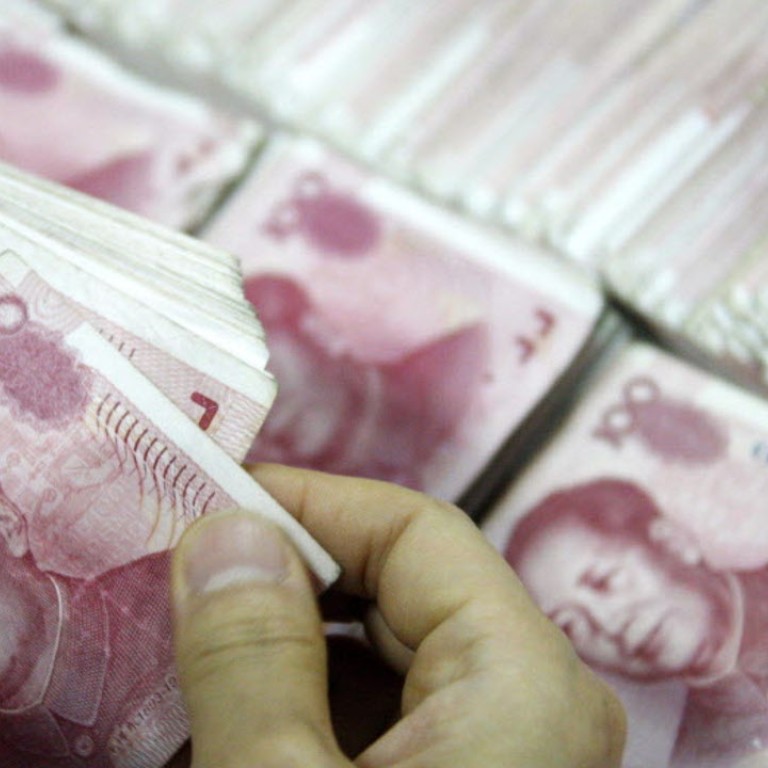
China’s bond market braces for uncertainty
Resumption of IPO and changing focus from monetary to fiscal stimulus clouds future direction of the bond rally
It has long been feared that a rebound in the equity market and a resumption of initial public offerings will spell the end of a bond rally in China. That scenario materialised with regulators reopening the floodgate for IPOs. The fixed income market though found something more profound to worry about.
China’s bond market has revelled in a rare combination of macro trends this year, immense deregulation on new issuances, a monetary easing cycle and an equity rout that left investors with little choice but plunk their money into bonds to get some return on their assets.
Between September and October, the bond market saw some 1.4 trillion yuan flow in, partly from funds dedicated to IPOs, partly from an unwinding of margin financing, estimated Deutsche Bank strategist Linan Liu.
With the reopening of the IPO market, it raised the question “to what extent will the inflows reverse”, Liu wrote in a report.
“We believe liquid bonds (central government bonds and policy bank bonds ) are particularly vulnerable to outflows. As the equity market sentiment turns, we believe redemption pressure of fixed income funds and wealth management products will force liquidation of bond investment,” wrote Liu, who expected yields of the benchmark 10-year government bond to shoot up to 3.4 per cent- 3.5 per cent and downgraded government bonds from overweight to neutral.
Such forecast is a far cry from three weeks ago, when the People’s Bank of China cut interest rates for the sixth time in a year, which prompted some analysts to cheer the 10-year government bond yield would inch below 3 per cent, a level last seen in the aftermath of the 2008 financial crisis.
So far, the bond market has largely been calm. After a knee-jerk rally in the liquid cash bonds early last week that saw yield climb around 30 bips, yields again fell on Thursday and Friday on weak consumer price index data that, based on previous experiences, would bode for continuous monetary easing.
Still, analysts caution that several other factors would add to the uncertainty for the rest of the year, of which the most concerning is the shift of focus from monetary to fiscal stimulus.
China still had ample room for fiscal spending and tax reduction, and the current 3 per cent deficit ratio was open for adjustment, deputy finance minister Zhu Guangyao said last week.
Recent monetary and credit data suggest that waves of rate cuts have failed to steer liquidity in the economy. Base money grew to four-year high, yet new loans contracted in October from September, indicating liquidity was trapped in the banking system rather than lent out to enterprises.
This could be a hint that the central government will deploy more fiscal tools, such as increasing the quota of the local government debt swap programme, to shore up the economy.
“With IPOs resuming, an imminent rate hike in the US, and loose fiscal policy to dilute funds in the bond market, short-term pressure is building up in the bond market. Investors are advised to dial down and lighten positions for the rest of the year,” Haitong Securities fixed income strategist Jiang Chao said in a report.

